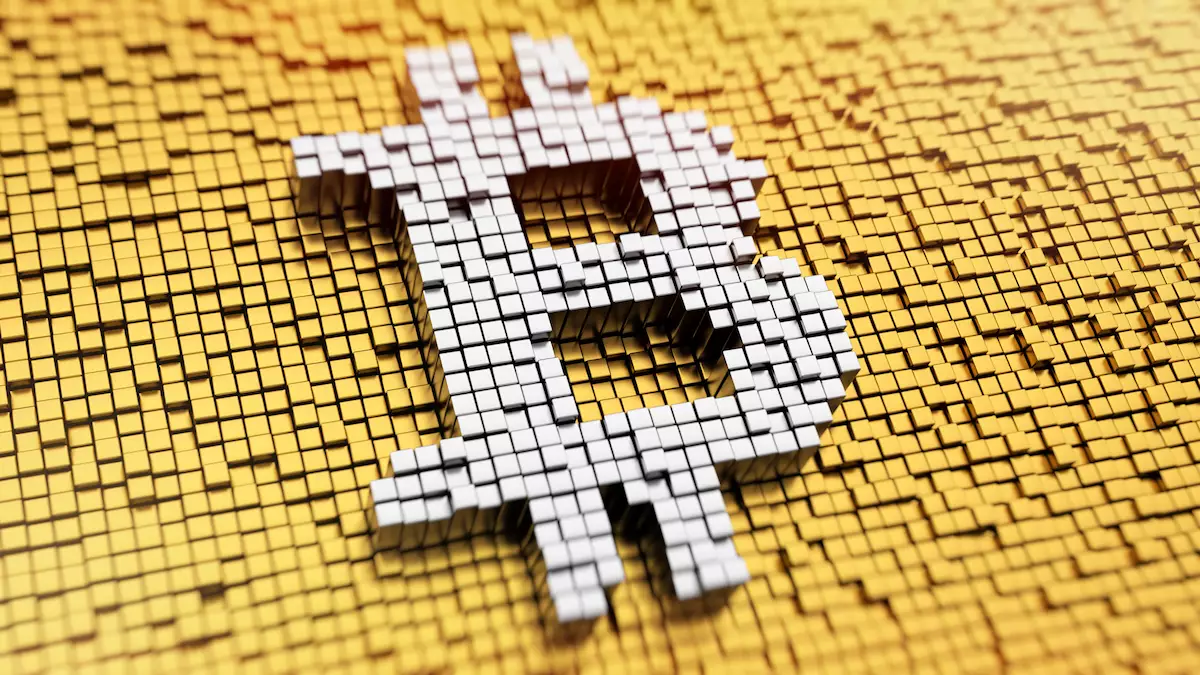Bitcoin has emerged as a major player in the NFT ecosystem, surpassing other blockchain networks like Ethereum, Solana, and Polygon in terms of the number of image-based inscriptions created. According to a report by Galaxy Research, over the first 200 days since the launch of the Ordinals protocol, 1.14 million inscriptions have been made on the Bitcoin network. These inscribed satoshis, the smallest unit of Bitcoin, give birth to digital artefacts known as Bitcoin NFTs.
Introduced by software engineer Casey Rodarmor in January 2023, the Ordinals protocol enables the direct embedding of data onto the Bitcoin blockchain. This process, referred to as inscription, allows for the inclusion of various forms of data, including images, videos, audio, and text. The ability to inscribe satoshis with diverse content has sparked a wave of creativity in the Bitcoin NFT space.
In just eight months, the overall trading volume for Ordinals on Bitcoin reached an impressive $596.4 million. While Ethereum and Solana still lead the pack in terms of NFT trading volume, Bitcoin has secured its position as the third most popular network. Even when excluding BRC-20 tokens from the total Ordinals volume, Bitcoin continues to thrive as a hub for digital collectible activity. Impressively, the top 50 BRC-20 tokens only contribute to 30% of all Ordinals volume.
Magic Eden, Unisat, and OKX have emerged as the dominant platforms for Ordinals trading, with daily trading volumes of 20%, 34%, and 44%, respectively. These platforms have played a significant role in the growth and adoption of Bitcoin NFTs, providing a seamless and user-friendly experience for collectors and traders alike.
One of the driving forces behind the increasing demand for Ordinals is the fascination with rare satoshis. To facilitate this trend, robust frameworks for assessing satoshi rarity have been developed, coupled with the emergence of specialized marketplaces for rare satoshis. Collectors now have the opportunity to own unique and valuable pieces of digital art, adding a new dimension to the world of digital collectibles.
A notable innovation that has propelled the Bitcoin NFT space forward is the introduction of Recursion. This groundbreaking technique allows inscribers to create Ordinals that exceed the standard 4MB block size limit. As a result, high-resolution artwork can be created at a fraction of the cost typically associated with minting inscriptions. The adoption of Recursion has paved the way for more creativity and artistic exploration in the Bitcoin NFT landscape.
Last month, the Ordinals Summit 2023 brought together over 400 enthusiasts and specialists from around the world, showcasing the remarkable progress and revelations in the realm of Ordinals. The summit featured engaging panel discussions, thought-provoking keynote addresses, an awe-inspiring art showcase, and an unexpected appearance by a prominent figure. The event demonstrated the growing interest and importance of Bitcoin’s involvement in the NFT sector.
Bitcoin’s significant role in the NFT landscape signifies a vital evolution in the world of digital collectibles. With its substantial trading volume, innovative technology like Recursion, and growing market dynamics, Bitcoin is set to continue shaping the future of NFTs. The rise of Bitcoin NFTs not only offers new opportunities for artists and collectors but also marks a transformative milestone in the intersection of blockchain technology and digital art.

